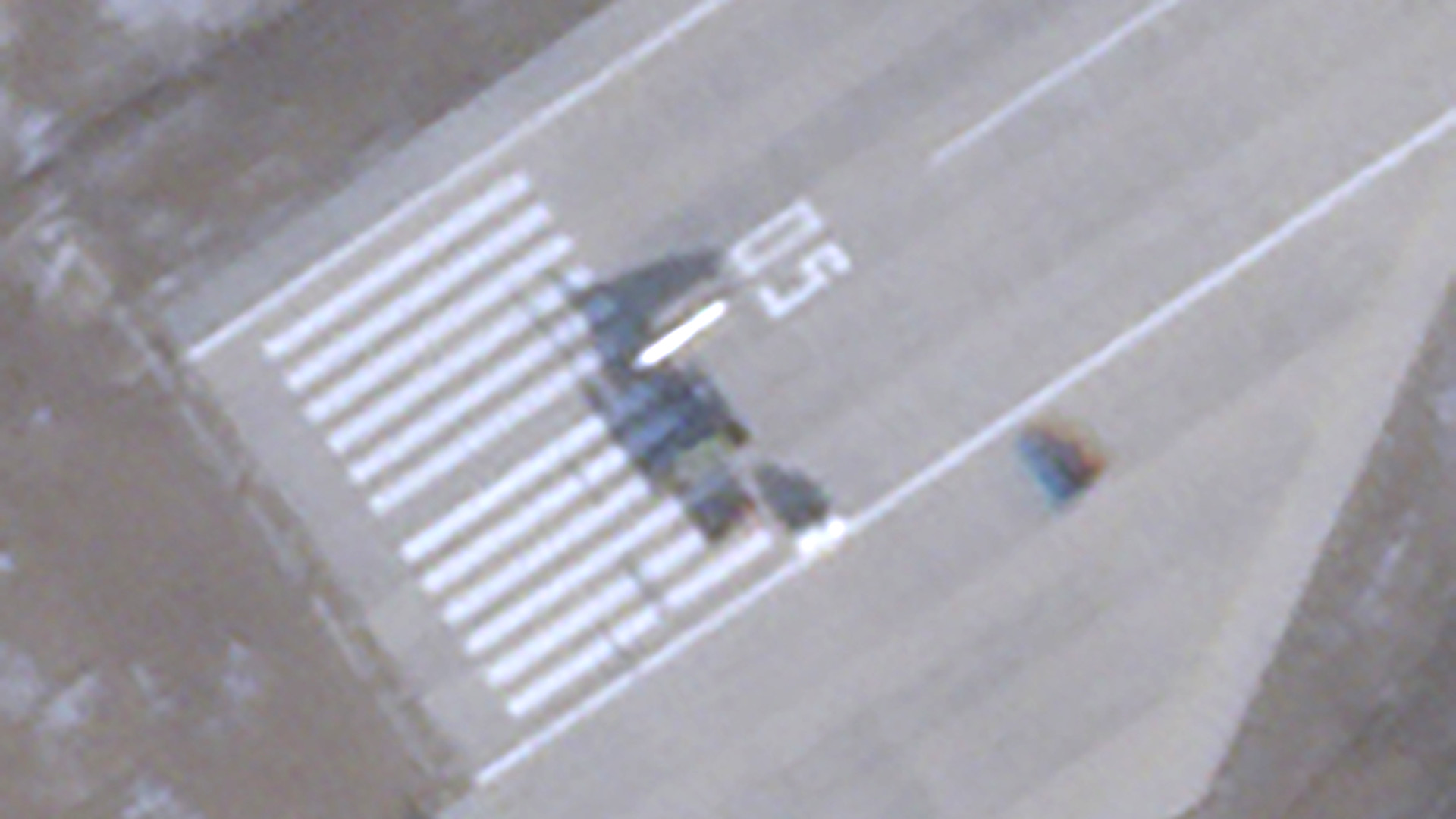Recent satellite imagery shows a curious white-colored object at the end of the runway at a remote airstrip in northwestern China. The airfield, which is situated near the Lop Nur nuclear test site, has been tied to Chinese reusable space plane developments in the past.
A satellite image taken on Nov. 29 that The War Zone obtained from Planet Labs shows the white-colored object, along with several smaller ones, that look to be vehicles and support equipment, at the southwestern end of the desert airstrip’s runway. The runway itself is more than 16,400 feet in total length, or more than 3 miles long, which makes it one of the longest anywhere in the world. A row of vehicles is also visible at the facility’s main apron, which has been significantly expanded in recent years, including with the addition of a new large hangar.
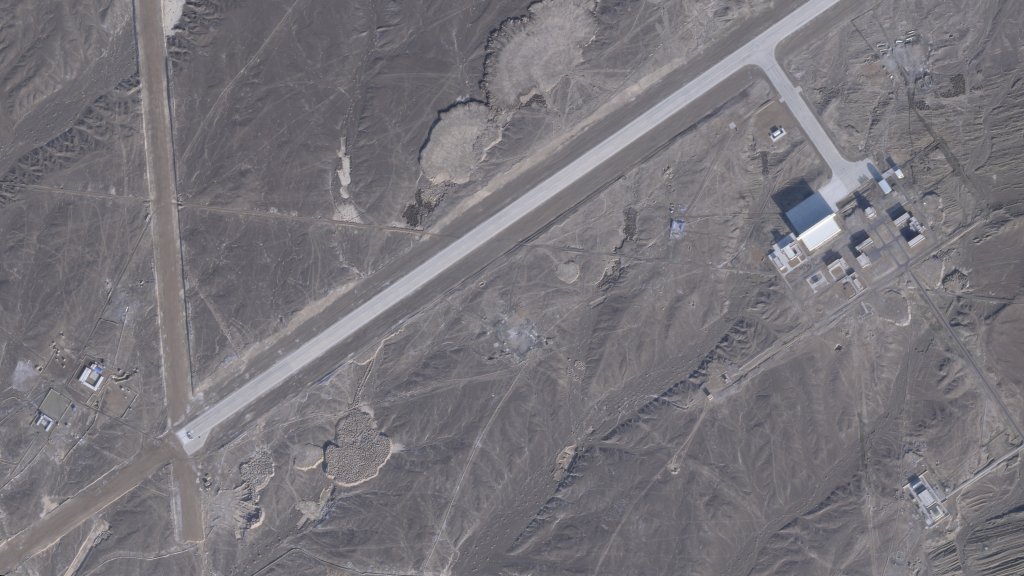
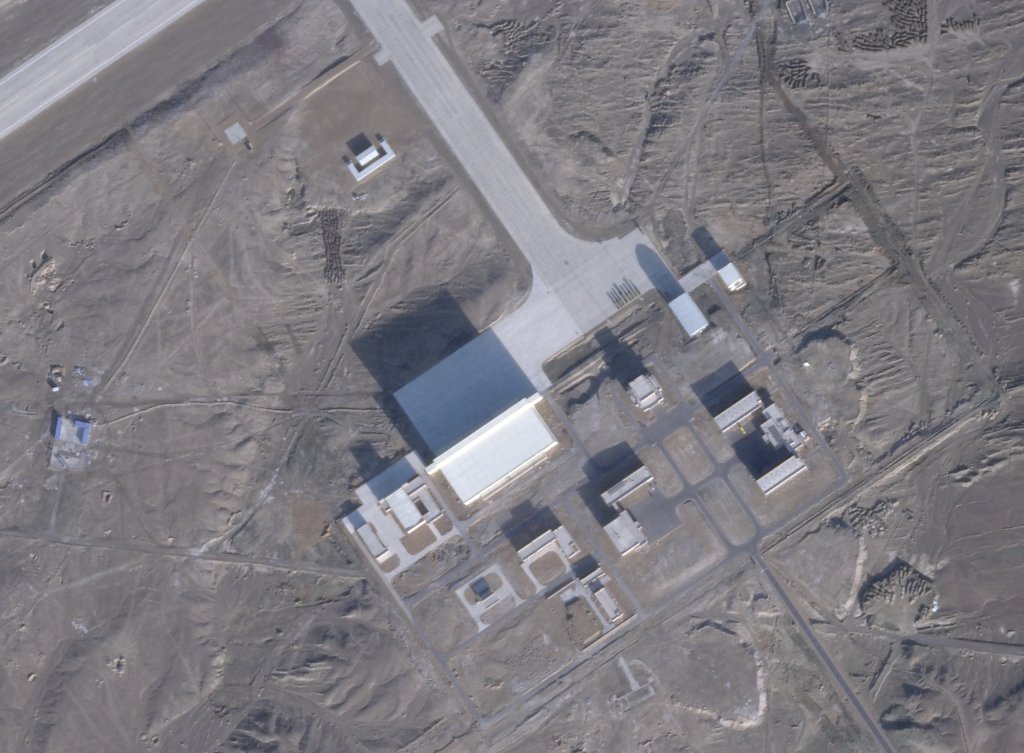

What the larger object on the runway might be, or even its exact shape, is unclear. Though it looks broadly cylindrical from above, its body is also seen casting a distinctly wedge-shaped shadow. Some obscuration of markings on the runway may point to the presence of short stubby wings at one end. It has an overall length of around 32 feet.
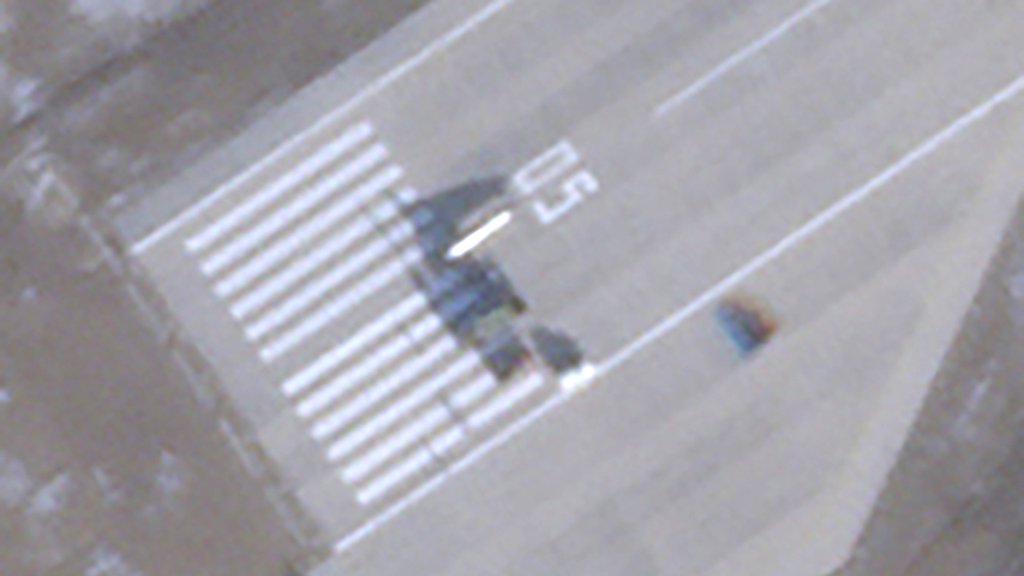
As already noted, the remote Chinese airfield and its extremely long runway have previously been linked to work on reusable spaceplanes with potential military applications, including ones believed to be roughly akin in form and function to the X-37B. The War Zone‘s first report on this facility came after it appeared that one of these crafts touched down there following the end of a mission in space in September 2020. The recently observed object is comparable length-wise to the U.S. Space Force’s two secretive X-37B mini-shuttles (just over 29 feet long), though that alone does not mean there is a relationship between the two.

Other satellite imagery has shown other activity at the remote airstrip since 2020, as well as significant construction work to expand the site’s overall infrastructure.
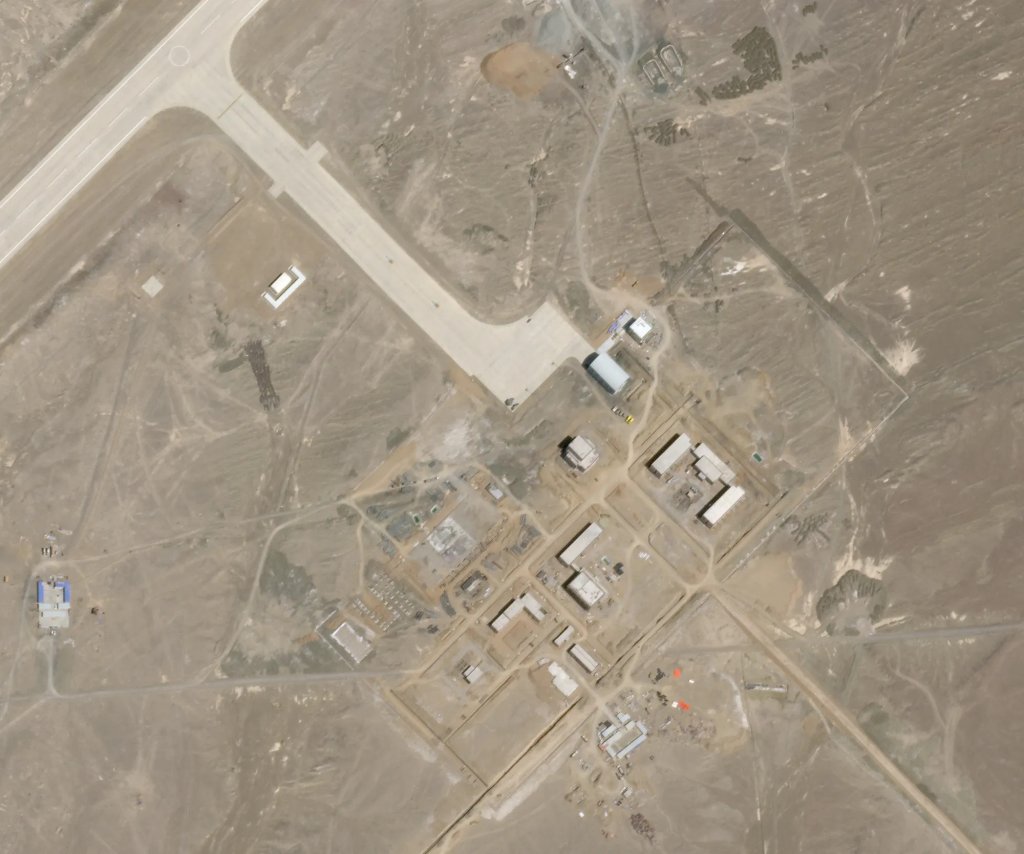

Chinese authorities did announce the return to Earth of a “reusable experimental spacecraft” back on Sept. 6 following 268 days in orbit, but there are no indications that what is seen in the Nov. 29 satellite image is in any way directly related. Reusable spaceplanes do sit on the runway for at least some amount of time after they land for post-mission servicing, including the removal of any remaining fuels or other payloads, and other preparation for relocation to a more secure location. However, those are not processes that take days, let alone weeks or months, to complete. The object’s apparent orientation with its rear toward the end of the runway would not point to a recovery, either.
At the same time, if the object at the end of the runway is indeed spaceplane-related, it could reflect a general need for personnel at the remote airfield to train for ground-handling activities. It also could be some other kind of test article.
It is also worth noting here that Felix Schöfbänker, an amateur Austrian space watcher, did capture imagery of what is believed to be the spaceplane that touched back down in September while it was still in orbit. From what is visible, it has been suggested that the craft might have a delta-wing planform, which could be in line with the ‘wings’ on the object seen in the Nov. 29 image of the airstrip near Lop Nur.
Though various renders have emerged over the years, actual pictures of any Chinese reusable spaceplanes, including ones the country claims to have successfully flown, or even mockups thereof, are scant. In 2007, pictures did emerge that showed one such design called Shenlong (meaning Divine Dragon), or a related test article, under the fuselage of a People’s Liberation Army (PLA) H-6 bomber. We also got a look at a full-size model of another reusable mini-shuttle design, called Haolong, back in October around this year’s Zhuhai Airshow. State-run Aviation Industry Corporation of China (AVIC) subsidiary Chengdu is developing Haolong officially as an option for resupplying the country’s Tiangong space station.

The object seen in the Nov. 29 satellite image could also be something entirely unrelated to spaceplane developments, as well. A remote facility with a runway this long would be a useful location for a wide array of aerospace-related testing activities away from prying eyes.
Whatever the object might have been, it does not appear to be related to a warning notice to aviators that emerged at around the same time. A series of posts from @thenewarea51 on X called our attention to the so-called Notice to Air Missions (NOTAM), which covered an area further to the southwest that contains multiple large-scale targets with the outlines of warships. This includes one that is clearly meant to represent the U.S. Navy’s newest supercarrier USS Gerald R. Ford.
Additional satellite imagery The War Zone subsequently obtained from Planet Labs suggests the NOTAM may have instead been tied to an apparent weapon test that left another one of the targets shaped like a U.S. Navy Arleigh Burke class destroyer with a large impact area in its center. The PLA has been very actively developing and fielding increasingly longer-range anti-ship capabilities, including longer-range ballistic missiles capable of hitting moving vessels, and the kill webs required to execute those strikes, as part of a broader anti-access/area-denial strategy.

Regardless, the PLA does also have a clear interest in reusable spaceplanes, which could provide valuable platforms for the rapid deployment of relatively small satellites and other payloads into space. They could also act as space-based intelligence-gathering assets or even anti-satellite weapons, areas that China’s armed forces have also been investing in heavily in recent years.
With all this in mind, the rare appearance of a curious object, whatever it might be, on the huge runway at the remote airstrip near Lop Nur is notable.
Contact the author: joe@twz.com
